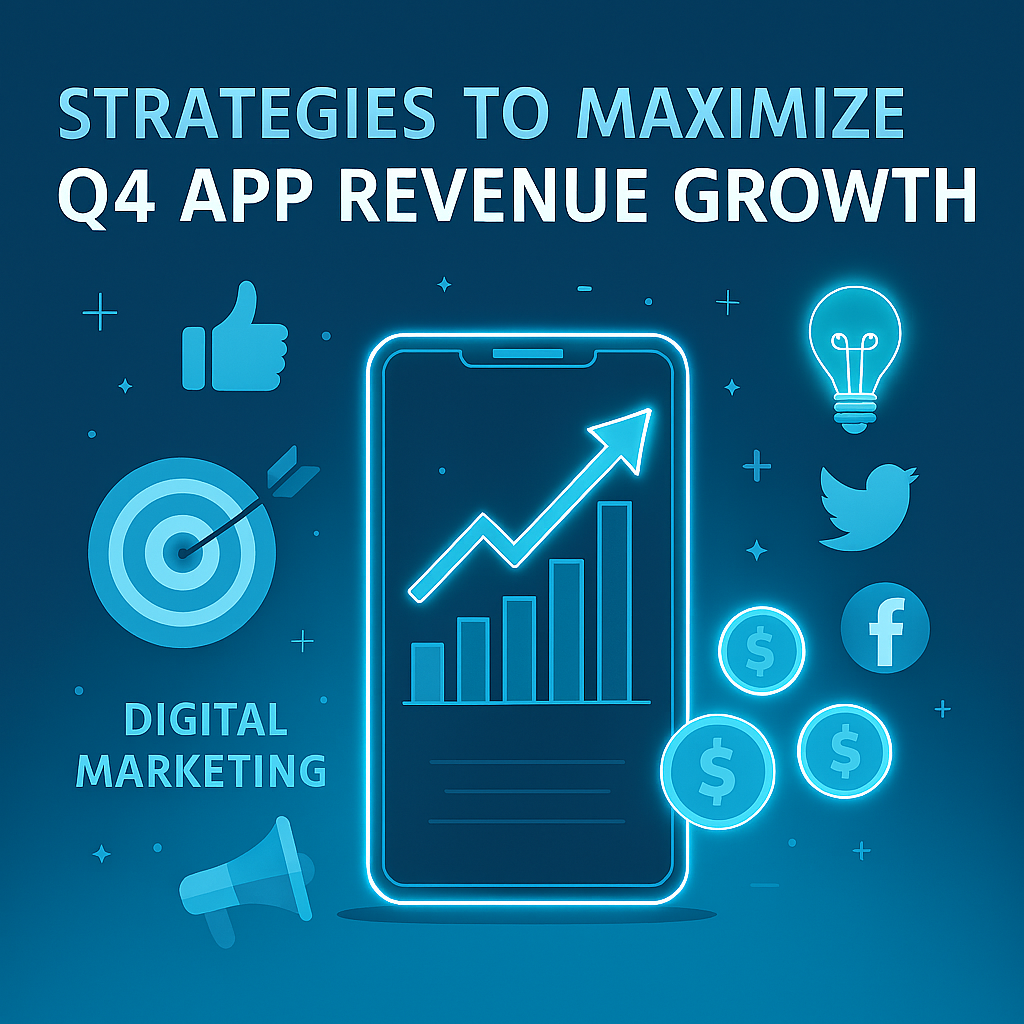Being ROAS the holy grail of game developers when it comes to mobile user acquisition, a sudden drop of that metrics can often be perceived as a red flag. However, things are far more complex than they may look at first sight. Also, if there is indeed a decrease in mobile games’ ROAS, there are several different strategies that can help to increase it again.
In this article, we’ll delve more into the topic by describing how to analyze a possible drop in your mobile games’ ROAS, and outlining how we at Mapendo work in order to optimize user acquisition towards ROAS.
- Fact-checking
- Work with your UA partners
- Don’t over-optimize
- How Mapendo yields the highest ROAS
- Our latest product: dynamic ad units for ROAS optimization
First of all, when you detect a significant drop in your ROAS on a given day, you have to make sure it’s real and not tech-related. For example, there may be technical issues in sharing the data amongst your platform, the MMP and your UA partners’ platforms. In order to make sure there is an actual decrease, it’s necessary to compare your app’s actual performance with the one registered on your UA platforms.
Secondly, once you’ve detected a concrete drop in your mobile game’s ROAS, make sure to understand whether such drop is really alarming or it follows periodic fluctuations. Indeed, many mobile apps and games tend to perform differently based on weekdays and weekends. Fluctuations may also occur at the beginning or the end of the month, based on the app’s lifecycle.
If both of these steps confirm a sharp decrease in your mobile game ROAS, and everything works fine in your app, the next step is to involve your UA partners in the analysis.
There can be more than one reason behind a decline in your mobile game ROAS, and the more data you’re able to share with your partners the better. While ad networks and mobile DSPs can look at MMPs’ dashboards, access to your internal BI or an API integration can do even better.
Being able to actually collect data about in-app revenue, like ARPU, LTV and a predicted ROI, proves to be extremely effective in course-correcting user acquisition campaigns towards ROAS.
When such direct integration isn’t possible, sharing reports with the same data can help too, but they’re effective as long as they include a high number of dimensions. ML algorithms need as many dimensions as possible to analyze in order to identify what really drives mobile games’ ROAS and what doesn’t.
Now let’s just take a look at one common mistake not to make when you see your mobile game’s ROAS dropping. And that’s over-optimization.
More often than not, the first step to handle a ROAS decrease seems to be cutting off channels and dimensions which yield poor results in terms of ROAS. However this kind of solution should be adopted only after thorough analysis.
Over-optimizing means exactly that, to allocate your budget and resources only to a few dimensions which have proven to be successful so far. Nonetheless, there could be many reasons behind a drop in specific sources or dimensions, which can still help your user acquisition and mobile game’s ROAS.
Therefore, trendlines and historical data should be taken into account when assessing your channels and sources before starting to optimize user acquisition activities.
When there is a real drop in mobile games’ ROAS, Mapendo can adopt several solutions in order to handle the drop and start scaling again.
The most immediate action can be to dynamically adjust CPIs, in order to decrease costs for app developers and increase ROAS. However, such a solution is mostly effective in the short term and doesn’t solve the problem.
Therefore, we can follow three additional data-driven practices:
- App placements’ optimization: we have our historical database of app publishers, and we leverage our experience to understand which app categories work best for mobile games and even specific game categories. Whitelisting and blacklisting app categories or even single app bundles can be done based on both volumes and ROAS.
- Contextual targeting: our ML algorithms analyze 20+ contextual signals in order to identify the top performing pockets of traffic in terms of any metric we’d like to optimize. Such optimization has proven to be especially helpful since iOS 14.5 and SKAdNetwork, which have limited deterministic attribution and the use of lookalike audiences.
- Creative optimization: be it mobile banners or video and playable ads, our technology can dynamically optimize creatives in terms of ROAS, by automatically testing more than 1000 combinations of ad units in real time.
As briefly mentioned above, creative optimization is one of our strategies to improve mobile games’ ROAS. Our latest product releases include a smart technology to dynamically generate banners by switching assets from the app store page; and dynamic ad units which combine video and playable ads with end cards.
When it comes to mobile games, video and playable ads tend to deliver better results in terms of ROAS, given their high-engaging content as opposed to banners. By combining both of them and adding static or dynamic end cards, we’re able to test multiple high-impact ads and identify the combination which yields the highest ROAS.
Adding SKOverlay to the mix, our technology can deliver the same ROAS optimization for SKAdNetwork conversions in the post-IDFA era.





















